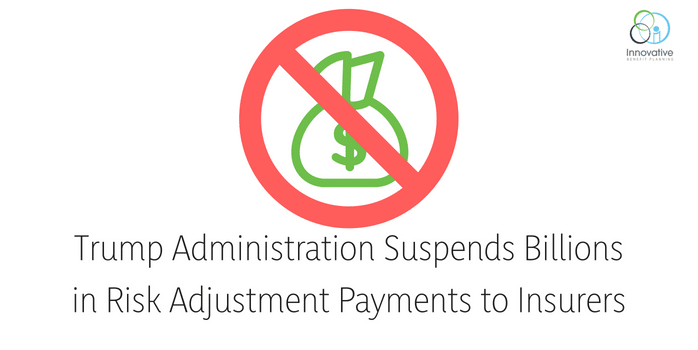Background
The implementation of the Affordable Care Act brought uncertainty to many insurers. To guard against adverse selection, and the threat of insurer insolvencies, the federal government enacted safety measures to stabilize the individual markets. The “3 R’s of Health Insurance” sought to balance the risk pool by eliminating uncertainty for those insurers participating in state exchanges.
What are the 3’R’s
The Transitional Reinsurance Program lasted from 2014 and ended in 2016. Its purpose was to provide funding to those insurance companies operating in state run exchanges that incurred high claim costs. Since Adverse Selection was a major concern for insurers, and higher-cost individuals were more likely to enroll in exchange plans, the Transitional Reinsurance Program served to not only protect insurance companies from insolvencies, but also ensured that plans were affordable on state exchanges.
Similarly, The Temporary Risk Corridor Program was short-lived and ended in 2016. Under this program, the federal government limited potential losses and gains for insurance companies participating in the exchanges. Since insurers had little to no data on expected enrollment, and therefore could not appropriately set plan prices, The Temporary Risk Corridor Program encouraged competition by placing a cap on the amount of money insurers could loose or gain by participating in the exchanges.
The Permanent Risk Adjustment Program was designed to redistribute funds between insurers. Under this program, money is transferred from insurers that enroll a high proportion of low cost members to insurers who enroll a high proportion of high cost members. Under the ACA health insurance is guaranteed issue, meaning insurance companies cannot vary premiums based on an individual’s health status, therefore the goal of this program is to ensure that insurance companies continue to participate in exchanges, and high-cost members in the individual and small group market have access to affordable coverage.
Trump Suspends the Permanent Risk Adjustment Program
On July 7, 2018 The Trump Administration announced that it would be suspending the Permanent Risk Adjustment Program. Prior to the announcement this program had been the only provision of the 3’R’s that remained intact.
Since this program sought to provide stability for the individual and small group markets by mitigating the consequences of adverse selection members who purchase insurance on their own or receive it through a small business will be affected the most.
Americas Health Insurance Plans (AHIP) a national political advocacy group expressed concern for the market disruption that is expected to follow:
“This decision comes at a critical time when insurance providers are developing premiums for 2019 and states are reviewing rates. This decision will have serious consequences for millions of consumers who get their coverage through small businesses or buy coverage on their own. It will create more market uncertainty and increase premiums for many health plans – putting a heavier burden on small businesses and consumers, reducing coverage options. And costs for taxpayers will rise as the federal government spends more on premium subsidies.”
Since insurers in the individual and small group markets will no longer be incentivized to offer competitive health insurance premiums to high-cost members, market disruption in 2019 is inevitable. If the Permanent Risk Adjustment Program remains suspended, we can expect to see an increase in 2019 premiums for the individual and small group market which may lead to an overall decrease in enrollments.












